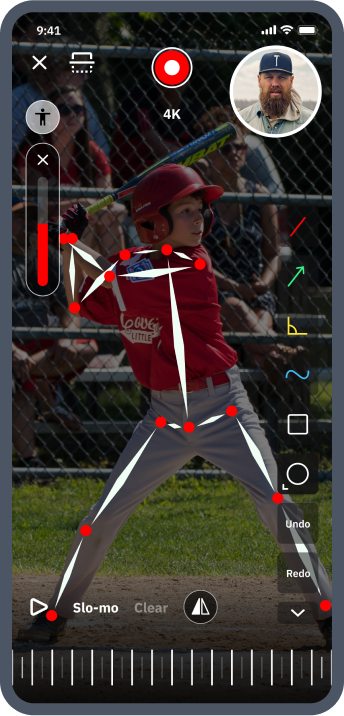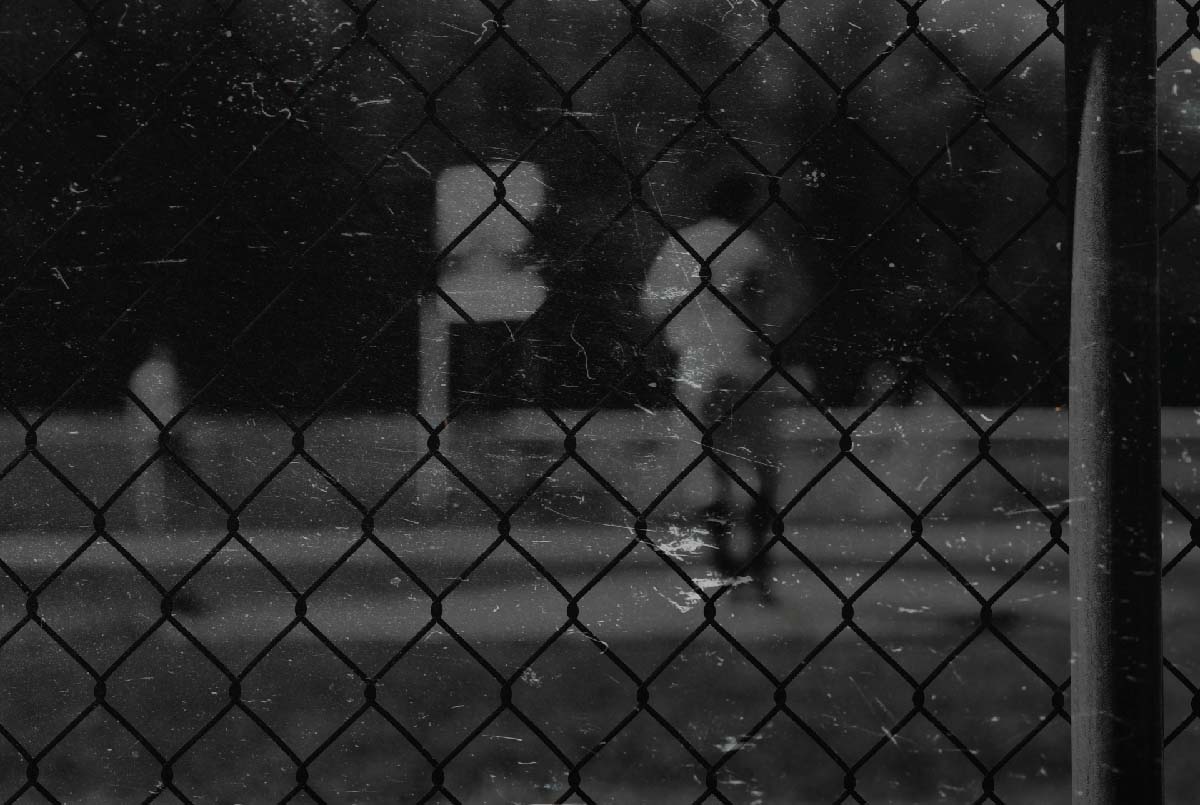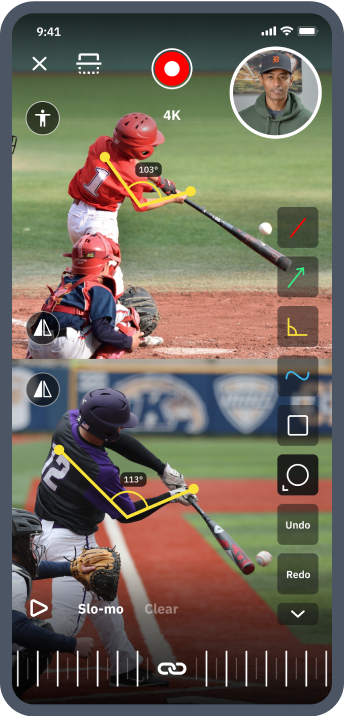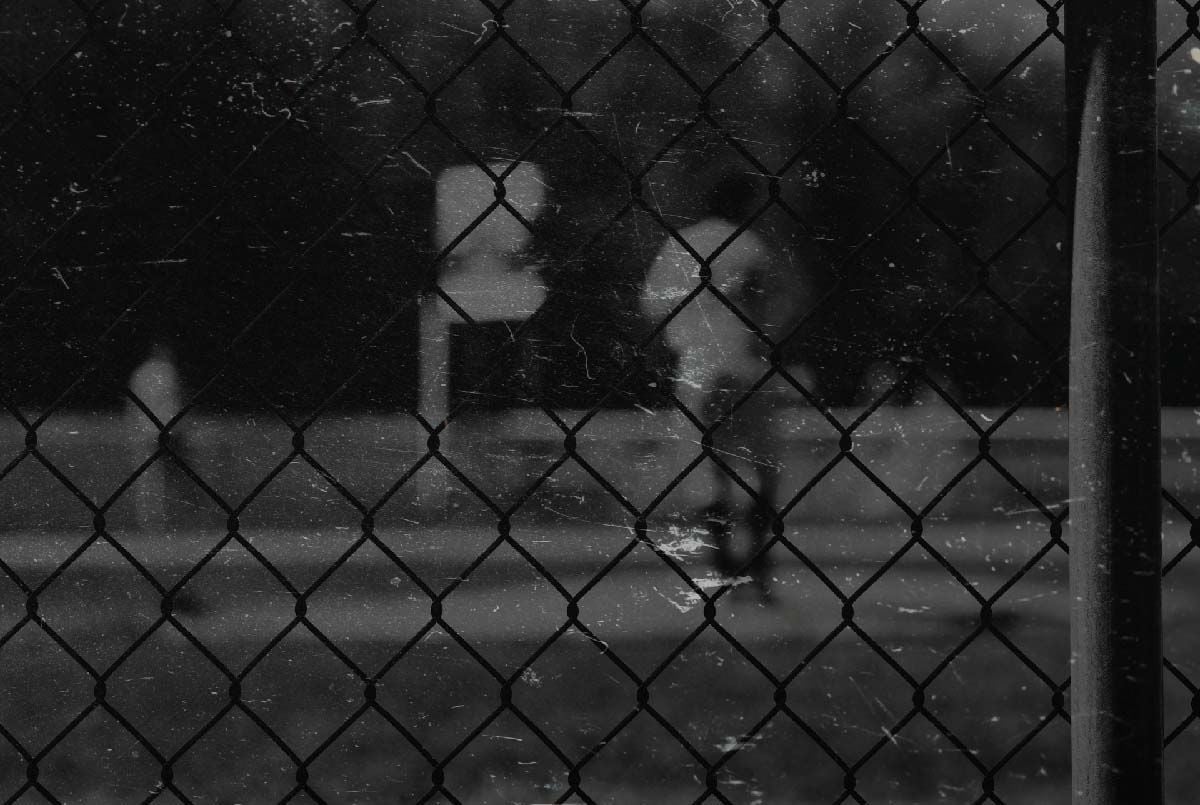Everything You Need to Know About The Softball Windmill Pitching Motion

If you’re a softball player and have been since a young age, you’ve probably never given a second thought to the current underhand pitching motion.
The softball “windmill” feels like just part of the game – something that must have always been there.
Hint: it wasn’t.
As one of the distinguishing features of the sport, the windmill motion is worth learning more about.
This SeamsUp article will take a deep dive into the softball windmill motion, going over the following topics:
- Why does softball use a windmill?
- Softball history and the development of the windmill
- Is the softball windmill better for your arm than baseball pitching?
Unlock your ballplayer’s full potential
Find the perfect vetted coach to build a solid foundation or take your player's skills to new heights.
Download the free app

Why Does Softball Use a Windmill Pitching Motion?
Technically, softball pitchers use an underhand windmill motion because it’s in the rules. They’re literally prohibited from pitching overhand.
Rule 4.3.3 (c), in the official fastpitch rules from the World Baseball Softball Confederation, explicitly states the delivery must be an underhand motion.
If you're curious, you can find always up-to-date fastpitch softball playing rules on the WBSC’s website.
Interestingly, baseball has no ban on underhanded pitching motions. And many pitchers have had success throwing side-arm or with a “submarine” motion in the major leagues.
But it’s hard to generate as much velocity throwing a baseball underhanded – plus it’s unconventional and can be off-putting to many college and pro scouts.
Most young baseball pitchers are taught an overhand motion and don’t consider an underhand one because it’s just so unorthodox.
Softball pitchers, on the other hand, are rule-restricted to the underhand motion. And this style of pitching has dominated the game in various forms since its origins.

History and Development of Softball’s Underhand Pitching
The first records of women participating in organized baseball go as far back as 1866, to Vassar College.
But softball’s true beginnings are usually traced to 1887, with the invention of “indoor baseball.”
On Thanksgiving Day, members of the Farragut Boat Club in Chicago, Illinois were awaiting the results of a Yale-Harvard football game.
While they waited, they improvised a game of baseball in the club’s gymnasium, with a balled-up boxing glove.
In November 1887, softball was invented in Chicago. George Hancock crafted the first ball from boxing-glove laces. pic.twitter.com/uG7NqKMqK9
— Chicago History ™️ (@Chicago_History) December 1, 2015
They had such a good time that the Farragut Boat Club members spread their new sport to the city’s other clubs.
Two years later, George Hancock, one of the original participants in the first indoor baseball game, had written an official set of rules for the sport.
Its popularity spread throughout the Midwest and soon, to the rest of the country.
This indoor baseball game in Chicago is thought to be the first iteration of what would become modern softball.
And since it was played indoors with a smaller field and shorter baselines, pitchers used a relatively slow underhand toss instead of the typical overhand pitch found in baseball.
As it gained popularity in the first decades of the twentieth century, indoor baseball was moved outside, where more spectators could watch.

In 1933, when softball debuted at the Chicago’s World Fair, the softer underhand toss had evolved into the fastpitch motion we’d recognize today, which is competitive and hard to hit.
The men and women who played softball in the ensuing decades would play this version of softball. Slowpitch softball, which involves gently lobbing the ball to the batter, was seen as a children’s game at the time.
The fastest softball pitch ever
The fastest pitch ever thrown underhand is credited to Eddie Feigner.
His four-person softball team toured the country and world for 55 years, playing local all-star teams as The King and His Court.
Feigner’s underhand pitch was once clocked at 104 mph.
But this barely scratches the surface of the Eddie Feigner story. It is a compelling one filled with twists and turns that’s just begging to be a biopic on the big screen one day.
Professional female fastpitch pitchers today whip the ball between the low 60s to the mid-70s in mph.
The fastest softball pitch ever recorded among female athletes was 77 mph, thrown by Monica Abbott in 2012 at a National Pro Fastpitch (NPF) game.

Fastpitch vs. slowpitch softball
Although fastpitch and slowpitch softball diverged early on in the sport’s history, slowpitch softball became the most familiar version of the game for most in the 80’s and 90’s.
Recreational slowpitch leagues took off in the 1980s and became what most people pictured when they thought of softball.
If it weren’t for the Title IX requirements put in place in 1972, and softball’s subsequent expansion to the nation’s college campuses, fastpitch softball might’ve died out by the 1990s.
Today, fastpitch and slowpitch softball are both popular, though fastpitch might be edging ahead.
As more girls and young women across the U.S. sign up for fastpitch softball, the windmill motion becomes more visible and more well-researched.

Is the Softball Windmill Better for Your Arm Than Baseball Pitching?
For many years, softball players, coaches, and trainers argued that the softball pitching motion causes less damage to your shoulder and arm than a baseball pitch.
The underhand throw is supposed to be more “natural” for the body and the windmill’s greater emphasis on lower body strength takes some pressure off the arm and shoulder.
The windmill and baseball pitch use different motions, but the notion that the windmill is natural and causes no damage to your shoulder or arm is false.
For many years there was not enough data on softball pitchers and so the “no-damage” idea proliferated. But the cat's out of the bag.
A 1998 study of softball pitchers found that the elbow reaches a maximum compressive force of 70 percent of body weight.
Another 2009 study found that the windmill, with its sudden snap at the end of the motion, puts more stress on the biceps than an overhand throw.

Overuse Injury
One of the greatest risks cited by most studies on the softball pitching motion is overuse.
Baseball pitchers often have limits on how much they can throw per game and per week, from the youngest players up to the major leagues.
Softball players have no such limits and pitch significantly more than their baseball counterparts.
Pitchers on travel ball teams on average throw 1.5 games per day over a weekend tournament. Having this average means that tossing 2-3 games per day is not uncommon.
High school and college softball teams will have a pitching staff of between one and four players, whereas baseball pitchers will make up half the roster.

Researchers in this area ask whether coaches and trainers should limit softball pitchers’ throwing time to help avoid unnecessary risks. But, so far, no national safety standards have been established.
Wrapping Up
The softball windmill motion is a unique feature of the sport.
Established as the proper pitch for softball almost since the game’s invention, the windmill has evolved into a dynamic motion that takes substantial practice and skill to master.
Recent research has also shown that the windmill isn’t a natural motion for your body as we once thought. Softball pitchers might even be putting more stress on their bodies than baseball pitchers.
As fastpitch softball participation rates soar across the country, it’s worth doing more research on the windmill motion.

About the Author
Courtney Withrow
Professional Writer
Originally from the U.S., Courtney is a Brussels-based freelance writer with a Master’s degree in International Relations. She grew up playing softball and still loves the game.

